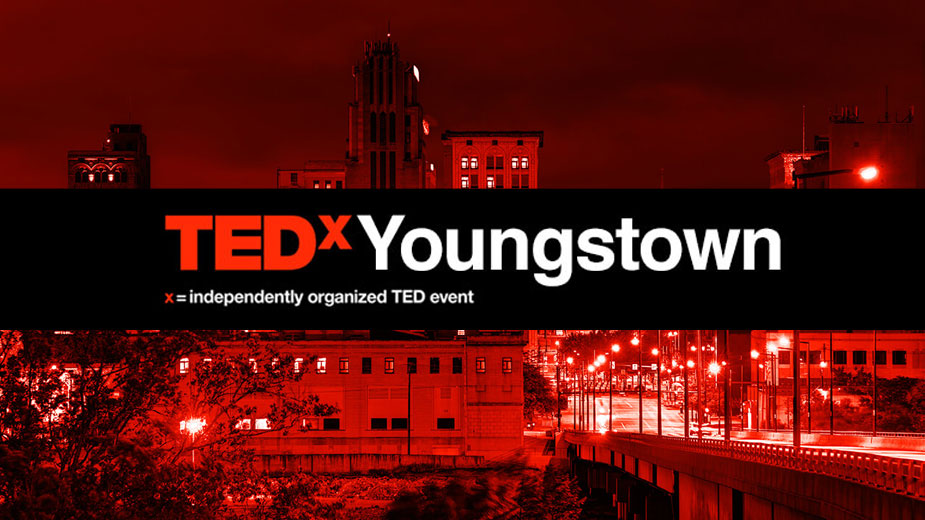Gap Grows Between In-Demand Jobs, Credentials
YOUNGSTOWN, Ohio – There remains significant imbalance between in-demand jobs in northeastern Ohio and credentialed workers qualified for them; but demand for some jobs could change because of the coronavirus, Team NEO says.
The economic development agency released its 2020 Aligning Opportunities in Northeast Ohio report Sept. 16.
By 2025, according to the executive summary, 65% of Ohio’s workforce will require at least a two-year degree or certified marketable skills; as of 2018, only 34% of the workforce has a two-or four-year degree and another 21% have some training but no degree or certificate to show for it.
The biggest areas of concern continue to be health care, information technology and manufacturing, says Jacob Duritsky, vice president of strategy and research for Team NEO.
In 2019, there were 17,442 IT jobs available in northeastern Ohio, including 6,457 entry-level positions, but only 2,208 credentials were awarded in 2018, for a total gap of more than 15,000 for all openings and some 4,200 for entry-level jobs.
Manufacturing saw some 20,000 openings go unfilled, including about 7,000 entry-level positions. Many of those openings are being created by retirements of incumbent workers, not job creation.
“One of the things we’ve pointed out in past reports is that we’re about 5% older as a population than the U.S. on average,” and the average worker’s age is higher in manufacturing, Duritsky says.
Demand for health-care positions remains strong. In 2019, total job demand for registered nurses was 10,678, highest among 20 top occupations offering family-sustaining wages and low risk of automation.
“The interesting thing about the three sectors is they could all look a little different in the short term,” Duritsky says, citing COVID-19.
IT could see increased demand because companies and their employees need additional services to function remotely, he says. At the same time, some manufacturing sectors such as automotive and aerospace have “been hit pretty hard.”
Some of the gaps could be addressed at least in part by better academic and skills attainment among under-represented populations. Only 23% of Black and Hispanic people possess a bachelor’s degree or higher, compared with 35% of White people and 64% of Asian people.
Only 5% of credentials went to Black people, who make up 14% of the region’s population. Black people are over-represented in service positions, with 28% of them holding such jobs, compared with 16% of White people.
Of the 20 high-demand positions, Black people are under-represented in 19 of them, Duritsky says.
Addressing inequalities requires action on several fronts, according to the report. This includes access to digital technologies in urban and rural areas at a younger age, transportation access and providing wraparound services such as child care and health care, “things that are just as important to getting and keeping a job as anything else,” Duritsky says.
In addition to addressing equality, there also needs to be focus on retaining the talent being trained at the region’s 25 colleges and universities, as well as, in the long term, attracting talent and population to the region.
“One of the things that could help potentially is we have become such a mobile workforce, such a digital workforce, within the past six months,” Duritsky says.
With many technology companies saying they might never bring their full workforce back in the office and giving employees the option of working offsite, those workers might be attracted to live in a place where they’re not paying “Silicon Valley prices” for a small apartment and can have a better quality of life in a Youngstown, Akron or Cleveland.
“I do think there’s a value proposition for that long term,” Duritsky says.
Companies also are beginning to look differently at whether a bachelor’s degree needs to be “the price of entry” for a job, he says.
Companies needing to fill IT jobs are looking at coding boot camps and “bringing people on because they have the right skills,”he says, if not necessarily the right degree, an increasing trend over the past 24 months that likely has been heightened by COVID-19.
“Employers are becoming increasingly part of their own solution as they become a bit more flexible with the way they think about what a good quality employee can be and what credentials are required,” Duritsky says.
Business recruitment will likely take a different direction, as many companies have downsized and are still recovering from the weakened economy caused by the pandemic.
“For so long, the way we thought about targeting companies was all based on growth,” he says. “A lot of that in the short term is now out the window. Most sectors of the economy are projected to see some employment loss in the next 12 to 18 months.”
While many companies might not be looking for growth opportunities, recruitment could focus on having better access to supply chains, an issue for companies whose existing supply chains were disrupted by not being able to source goods from Asia and other locations overseas.
Team NEO is in a “better position” with the development projects its staff is working on than might have been expected back in March, Duritsky says.
Copyright 2024 The Business Journal, Youngstown, Ohio.



